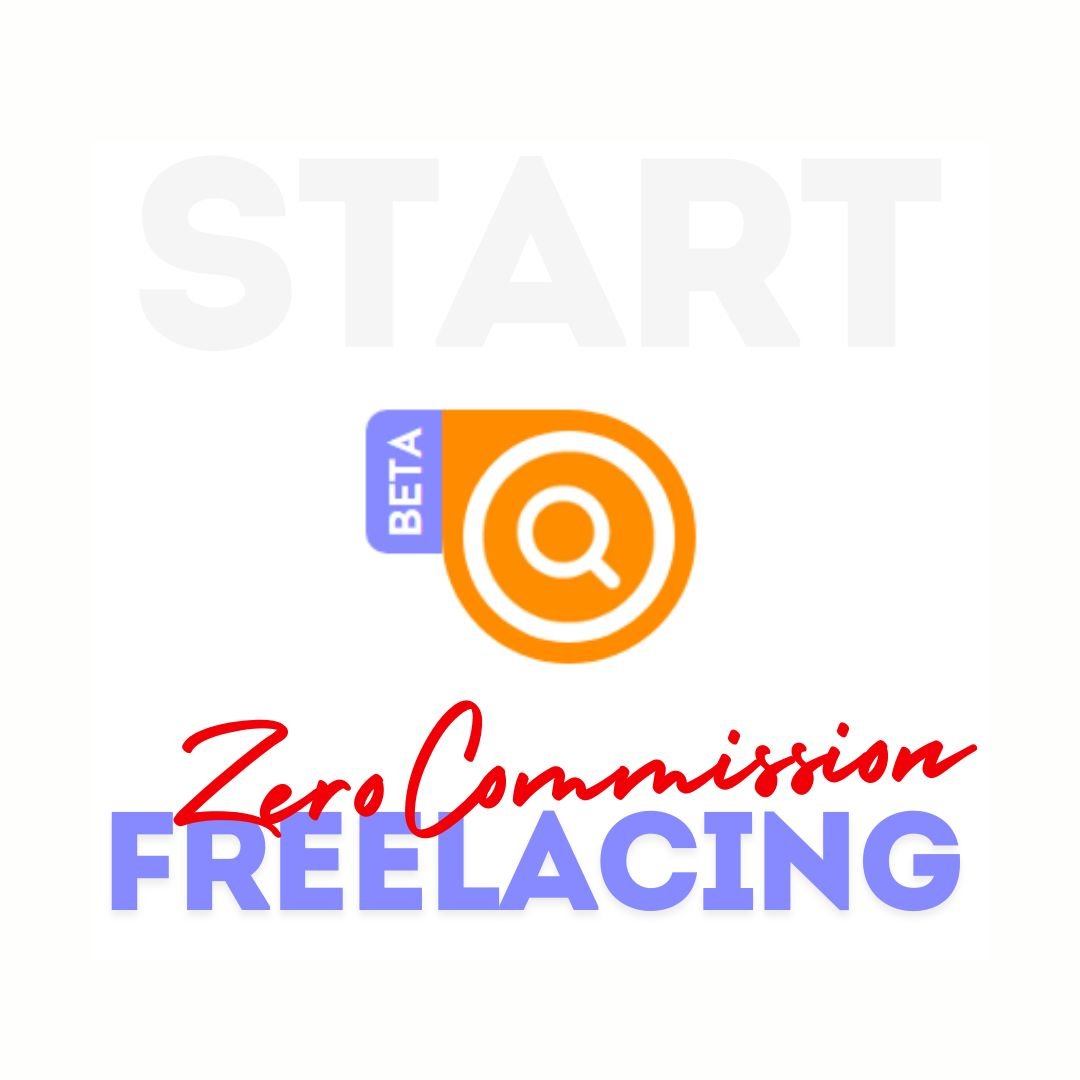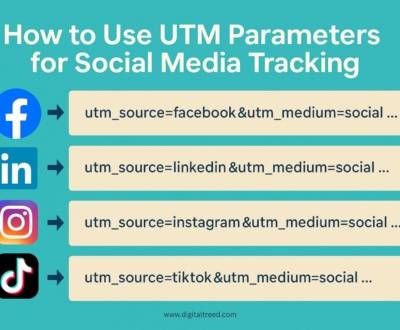Having a well-defined SaaS sales funnel is essential, not only a nice-to-have. The funnel is the backbone of your business since it directs developers from opportunities to paying (and loyal) customers.
What’s a SaaS sales funnel?
In SaaS marketing, especially when you’re marketing to developers, a sales funnel describes the journey a developer goes through from when they first come into touch with your software to the point of conversion.
Clients may not always follow the funnel precisely (for instance, a developer might go directly from awareness to buy without comparing it with other products), but it’s a good rule of thumb to make it in the first place.
After all, a good SaaS sales funnel permits you to:
- Comprehend the customer journey better
- Spot possibilities and gaps
- Increase your conversion rates
- Forecast sales and income
- Enhance customer retention
- Allocate resources efficiently
Read Also: What is SaaS Spend Management? The Definitive Guide
How to build a SaaS sales funnel
Define your ideal customer
Before making a SaaS sales funnel, it’s important to understand and determine your ideal customer.
Comprehending your target audience will let you craft a modern sales funnel based on their requirements and priorities. As a result, it will become much more comfortable for SaaS business owners to turn them into paying clients.
To define your target audience, analyze your existing customer base. Review your most profitable customers and try to explain some common elements, including demographics, employment, and pain points of your perfect customers.
By creating customer personas, you can better comprehend your target audience and develop marketing messages tailored to their requirements.
Create awareness
After determining your ideal customer, it’s time to come up with the best SaaS marketing techniques to create awareness.
In this step, you must provide your target audience with an insight into your product and its advantages and realize how it can fix their pain points.
One useful method to spread awareness about your SaaS product is through search engine optimization (SEO).
Apart from investing in SEO and paid advertising, you can also utilize content marketing; it’s a strong tool to build awareness for your SaaS product.
By making high-quality blog posts, infographics, and videos, you can set your brand as an expert in your niche and draw people interested in your product.
Capture your leads
After generating sufficient awareness for your SaaS product, it’s time to consider how to capture leads.
In this step, you will be required to make a landing page, leverage the power of a lead magnet, and gather information about your site visitors utilizing a lead capture form.
A landing page is a web page utilized by many companies for capturing leads. It should be easy, visually appealing, and make the visitor take the preferred action, such as filling out a form.
a clear headline, a straightforward description of the eBook, and a form for visitors to fill out their name and email address to download the complimentary resource. Once the visitor fills out the form, they will acquire an email with a link to download the eBook and a CTA to sign up for a free trial of your time management tool.
After capturing leads, take reasonable steps to prevent lead leakage.
Nurture your leads
As earlier mentioned, it’s essential to cultivate potential customers to convert them into paying clients.
Nurture campaigns can assist educate customers on your product, build trust and loyalty, and make your brand unique.
Here are some methods for nurturing leads:
- Begin an email sequence to engage with potential customers
- Deliver useful content that addresses your prospect’s pain points
- Utilize retargeting ads to impress your prospects
Convert leads into sales
If you’ve successfully utilized the above lead nurturing techniques, your audience is already aware with your SaaS business.
Now’s the time to convert opportunities into paying customers.
In this step, we’ll discuss the techniques you can use to turn those leads into sales
- Start a free trial offer that showcases your product’s value
- Utilize testimonials and case studies to build trust
- Present pricing options and plans that meet different customer needs
Have a smooth customer onboarding
The next step in building a SaaS sales funnel is onboarding.
At this stage, you must help your customers utilize your product. For a successful onboarding procedure, it’s necessary to make it as easy as possible for your customers. You should make them feel sure and excited about utilizing your product. A disorganized onboarding approach can quickly turn them off.
A smooth and personalized onboarding procedure will increase customer happiness and ensure your customers get the most out of your SaaS product.
Try upselling and cross-selling
You’re wrong if you consider that onboarding is enough to build strong relations with clients!
Have you tested upselling and cross-selling?
- Upselling is a sales strategy that delivers customers a higher-priced or more advanced version of the product they already bought.
- Cross-selling is about delivering customers with complementary products or services that improve their experience.
To upsell and cross-sell, it’s important to know your customers’ interests and priorities in the first place.
Use the B2B data you’ve gathered through your sales funnel to create personalized offers for each of your customers.
Read Also: What Is Corporate Reputation Management?
Don’t forget to follow-up
Following up with your consumers is a hugely significant step in building a SaaS sales funnel. You like to ensure your customers are happy with your product.
One method to do this is to send a welcome email after signup. In this email, show your gratitude to customers for their buy and provide them with any critical information they may need to get begun with your product.
Measure and improve
Okay, so you’ve crafted and executed your SaaS sales funnel – but the job isn’t over yet!
Measuring and optimizing the funnel regularly is important to ensure it effectively converts opportunities into customers.
To do so, make sure to use search and analytics tools. These tools will help you to track key performance indicators (KPIs), such as website traffic, conversion rates, and consumer behavior. Google Analytics is a famous and free tool that permits you to track these metrics.
Analyze the data you collect from your tracking and analytics tools. They’ll assist you gain insights into how well your sales funnel is performing. Look for places in the funnel that may have a high drop-off rate, indicating that there might be a problem you need to resolve.
I have been serving web content with my passionate writing skills since 2020. My skills have benefited clients from 20 countries, resulting in 10x audience interactions, improved readability, and SEO-friendly content.

About us and this blog
We are a digital marketing company with a focus on helping our customers achieve great results across several key areas.
Request a free quote
We offer professional SEO services that help websites increase their organic search score drastically in order to compete for the highest rankings even when it comes to highly competitive keywords.











Its like you read my mind You appear to know so much about this like you wrote the book in it or something I think that you can do with a few pics to drive the message home a little bit but other than that this is fantastic blog A great read Ill certainly be back.